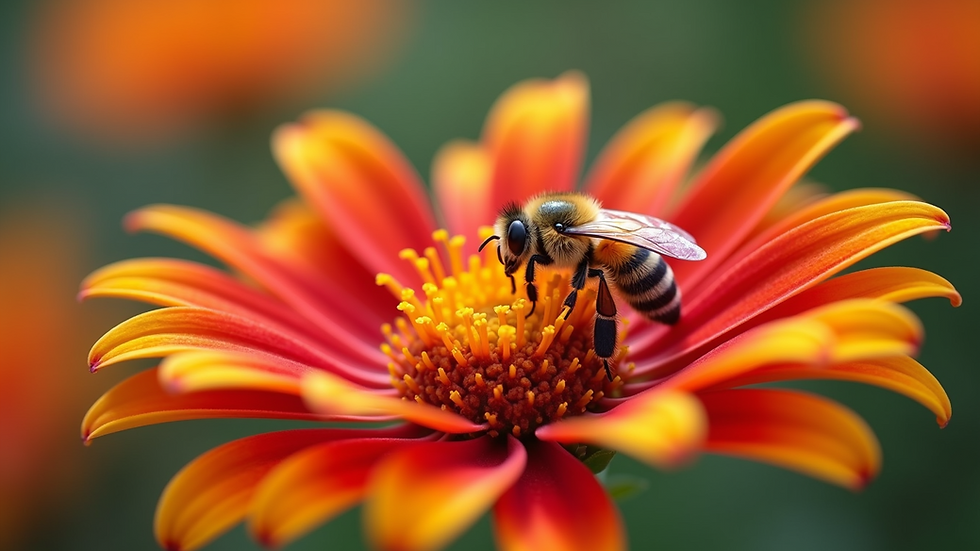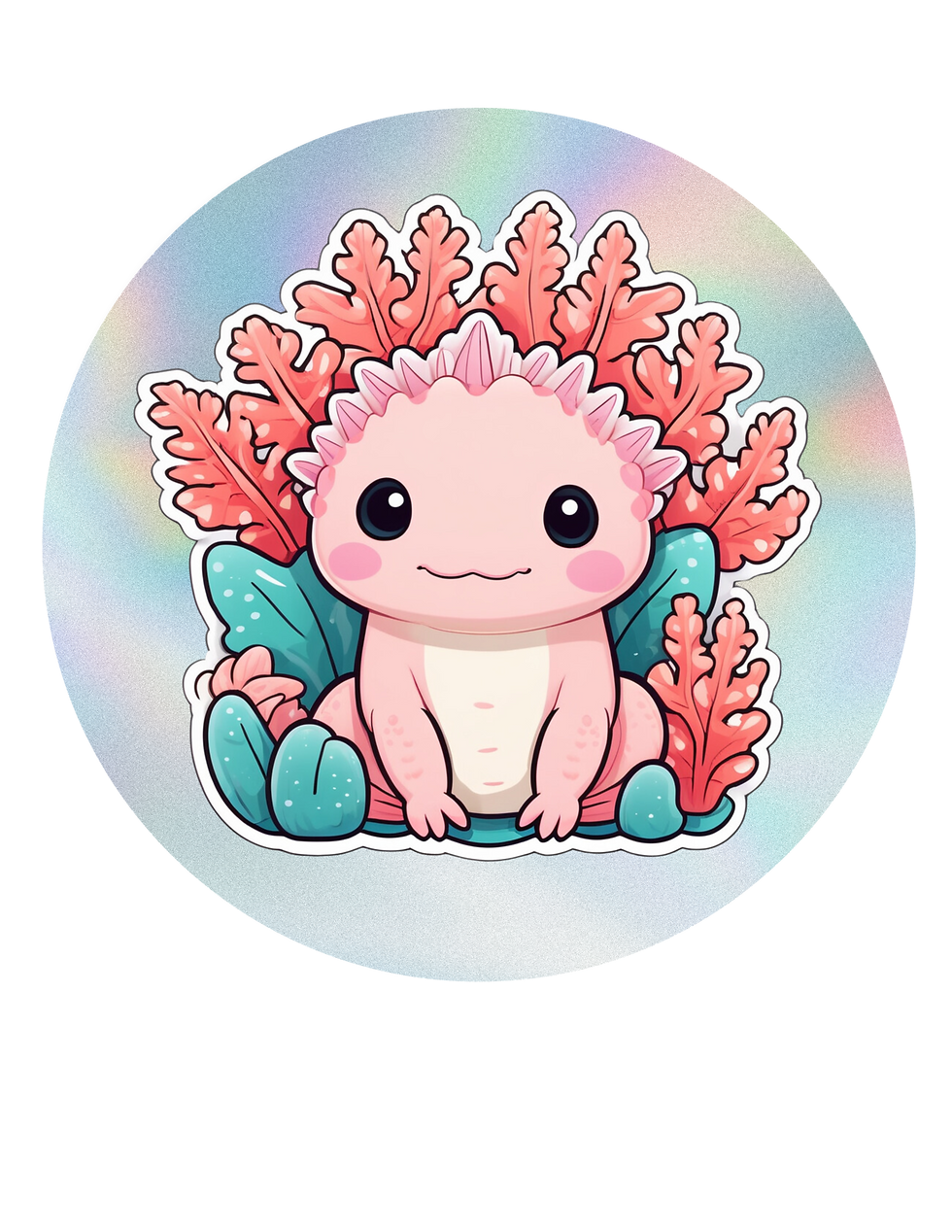Teaching Pollination Through Stories: Fun Science Activities for Kids Explained in Luma and the Garden of Giggles
- Davilla Riddle

- Apr 7
- 3 min read
Bringing science into children’s storytime can be both enjoyable and enriching. One captivating theme that resonates with kids is pollination, an essential part of our ecosystem. As homeschooling parents, you can turn storytime into an adventure by using engaging narratives to teach about pollination. This post presents fun and interactive pollination activities for kids inspired by the delightful children’s story, Luma and the Garden of Giggles.
Why Pollination Matters
Pollination explains how plants reproduce by transferring pollen from one flower to another. This process helps create seeds and fruit, enabling plant growth. Understanding it sparks children’s curiosity and encourages them to care for the environment.
Stories like Luma and the Garden of Giggles introduce young readers to pollinator education in a lively way. The story’s colorful illustrations and engaging storyline captivate kids while showcasing the crucial roles of bees and other pollinators. About 75% of the world’s flowering plants and nearly 90% of crops depend on animal pollination.
Story-Based Pollination Activities
Integrating literature with science makes it easier for children to understand complex concepts. Here are some exciting activities inspired by Luma and the Garden of Giggles that bring the theme of pollination to life:
1. Create a Pollinator Garden
Inspired by Luma’s garden adventures, why not plant your own pollinator garden? This hands-on activity helps children understand the relationship between plants and pollinators.
Materials Needed: Seeds (such as sunflowers, zinnias, or marigolds), pots, soil, and watering cans.
Instructions: Help your child plant seeds in pots or a garden bed. You can talk about how certain flowers attract different pollinators. For instance, bees are drawn to blue and yellow blooms, while butterflies prefer bright colors like orange and red.
2. Fun Pollination Experiment
To illustrate how pollination works, try a simple and engaging experiment.
Materials Needed: Colored chalk or powdered sugar, small brushes, and flower models (real or made from paper).
Instructions: Let your child use colored chalk to simulate pollen on flower models. Use brushes to mimic how bees collect pollen and transfer it to other flowers. Discuss each step of the process. This hands-on learning reinforces what they experienced during storytime.
3. Create a Pollination Story Map
After reading Luma and the Garden of Giggles, encourage your child to create a story map that outlines the journey of a pollen grain.
Materials Needed: Large paper, markers, and any decorative materials like stickers or leaf cutouts.
Instructions: Ask your child to draw the pollination stages as they recount the story. This reinforces their understanding while allowing them to express their creativity.

4. Storytime with Nature Crafts
Combining storytelling with craft activities increases engagement. Create bee puppets or flower models to act out the story.
Materials Needed: Felt, glue, scissors, googly eyes, and pipe cleaners.
Instructions: Let the kids design their puppets while discussing bees’ role in pollination. They can then use their puppets to retell Luma’s adventures, reinforcing the theme while developing both literacy and science skills.
Exploring Children’s Books About Pollination
There are many excellent children’s books about pollination that can complement your activities. In addition to Luma and the Garden of Giggles, consider titles like The Bee Book by Charlotte Milner and Flower Talk by Sara Levine. These books offer engaging stories and illustrations that can deepen your child’s interest in science and enhance their understanding of the natural world.
Reading these books helps children grasp the significance of bees and other pollinators. This knowledge encourages them to learn more and care about protecting the environment.
The Connection Between STEM Learning and Storytelling
Combining STEM learning with storytelling fosters cognitive growth and critical thinking in children. Engaging kids in conversations about plant growth due to pollination illustrates connections between life sciences and real-world applications.
Encouraging Real-Life Observations
Please encourage your children to observe their surroundings. Take nature walks or visit local parks where they can identify flowers and watch pollinators. Provide them with notebooks to document their findings—this habit promotes inquiry and exploration.
Finding Joy in Learning
Transforming storytime into science time is an effective way to educate kids about vital processes like pollination. Integrating fun activities from Luma and the Garden of Giggles can create a rich learning experience focused on pollinators’ importance.
As homeschooling parents, you can make pollination easy for kids to understand, making it both enjoyable and memorable. By blending storytelling with hands-on activities, children will appreciate the wonders of nature while nurturing a love for science.
Use these activities as a launchpad for further exploration and a deeper understanding of the intricate relationships that sustain life on Earth. Happy gardening and learning!


Comments